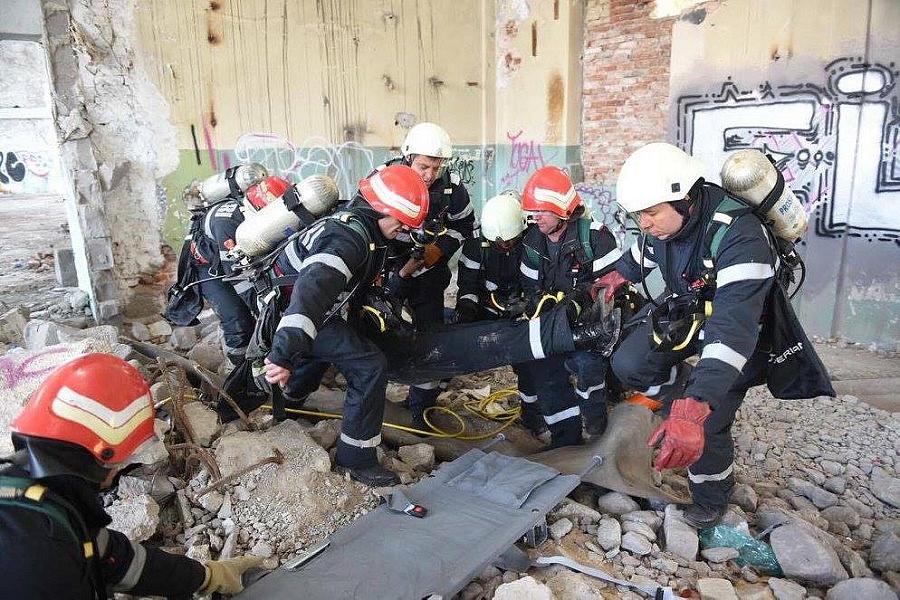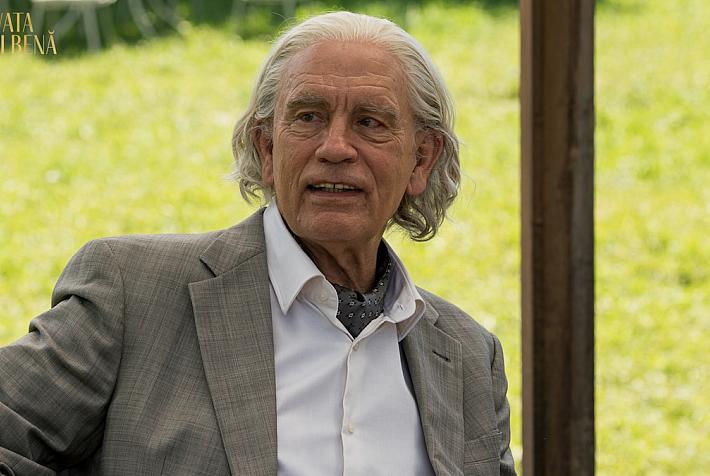How well are the Romanian authorities prepared to handle a big earthquake?

A large earthquake intervention drill was organized in Romania on Tuesday and Wednesday. The simulation was aimed at testing the response and intervention capacity in case a major earthquake hits Romania.
In this case, according to the scenario, the country was shaken by a 7.6-magnitude earthquake on Tuesday morning, followed by a 5.6-magnitude replica at 14:30. According to interior minister Dragos Tudorache, more than 6,000 people were involved in this exercise, as well as over 680 technical resources.
At the end of the drill, Tudorache presented the strengths and weaknesses identified during the exercise.
On the good side, the command structure worked well during the exercise, it was clear and precise, so there was no situation in which “two or three people at various levels assumed command at the same time, not knowing who gives the orders,” the minister said.
However, the interaction between the central authorities and the local ones wasn’t that good.
“We still have work to do in this case because, first of all, the communications capabilities between central and local authorities need to be improved, and then, the intervention protocols at county level also need some work,” Tudorache said.
Another thing the Romanian authorities tried to test with this exercise was the response time. According to the preliminary results of the simulation drill, it took 12 hours for a group of utility vehicles to go from Bihor to Iasi (a distance of some 700km).
“Those coming from neighboring counties reached Bucharest in one hour, which is good, and we now know, based on real evidence, that we can not rely in the early hours on help from counties farthest from the point of disaster.”
Another weakness discovered during the exercise was the coordination between the actions of search and rescue and those of assistance to victims. The communication with county ambulance services and hospitals wasn’t that good either.
“An important element in the exercise and the procedures that we have developed this year to intervene in emergency situations, was the system of concentric circles when it comes to ambulances’ intervention, meaning that, at first, we rely on emergency system (SMURD) ambulances, then on those from hospitals, and then on the private ones. No need to say that there were specific cases in the country when the intervention was done late in normal situations where an ambulance was requested, which shows that this system of concentric circles has not worked well enough,” the interior minister said.
Also on the medical side, the exercise couldn’t reveal how well the hospitals respond in such cases because, although the units activated the intervention codes, some of them failed to take the measures imposed by those regulations.
When it comes to communication towards the population, things weren’t so good, the minister also said.
“I was not happy with the methods we saw, even if new methods such as Twitter or Facebook were used, because, in a situation real crisis, such as an earthquake of over 7 degrees on the Richter scale, I don’t know how many people will stay on Twitter or Facebook to receive news and updates on what is happening. So it is clear that we have to think of other ways to communicate with citizens.”
In the context of the earthquake simulation drill, Bucharest City Hall announced on Wednesday that it could provide beds for 44,500, and the food stocks could provide a hot meal for 4,261 people for two days.
Big earthquake scenario in Romania: 1,500 dead, over 4,000 injured in Bucharest
Irina Popescu, irina.popescu@romania-insider.com
(Photo and video source: Ministerul Afacerilor Interne on Facebook)











